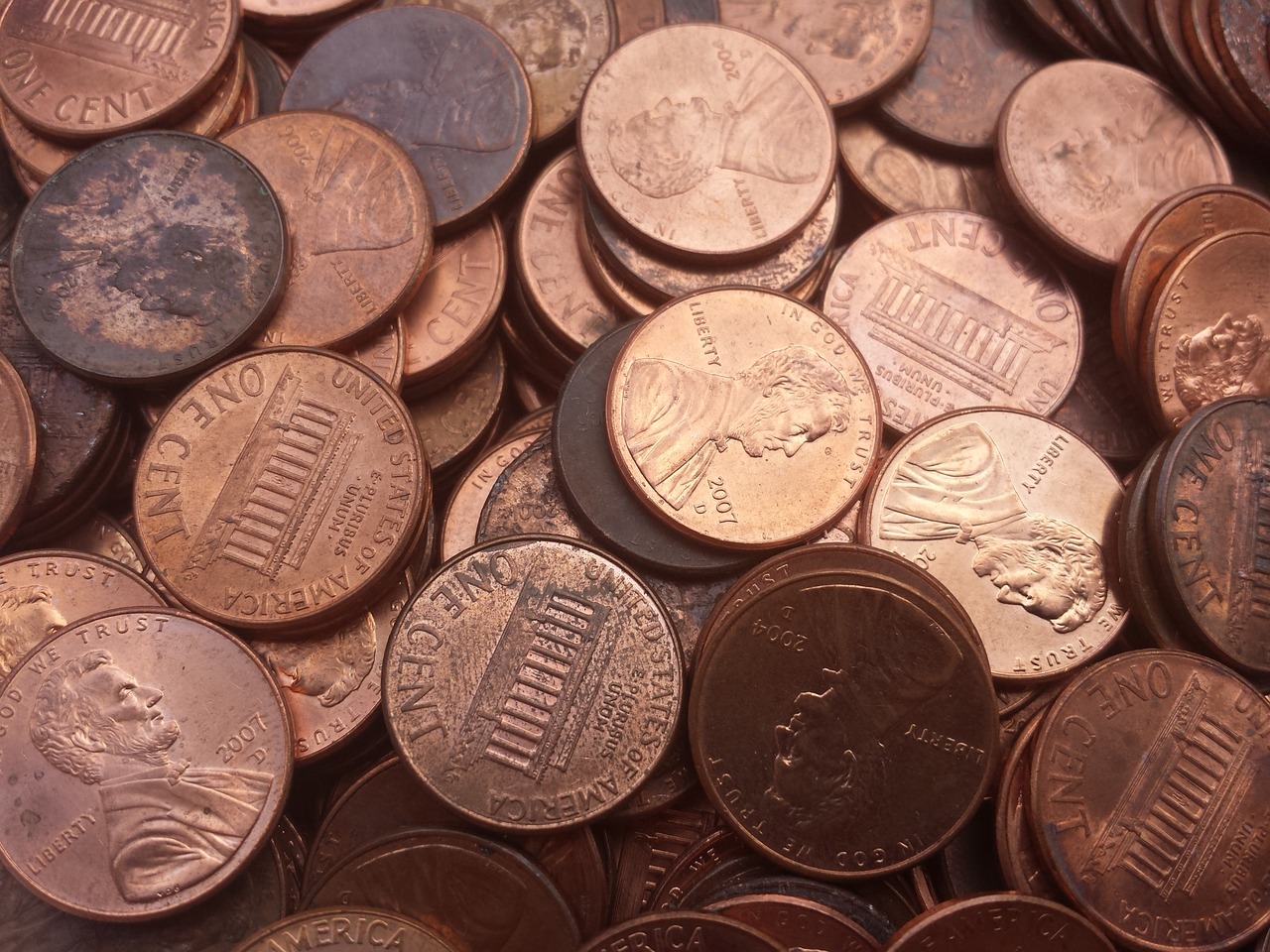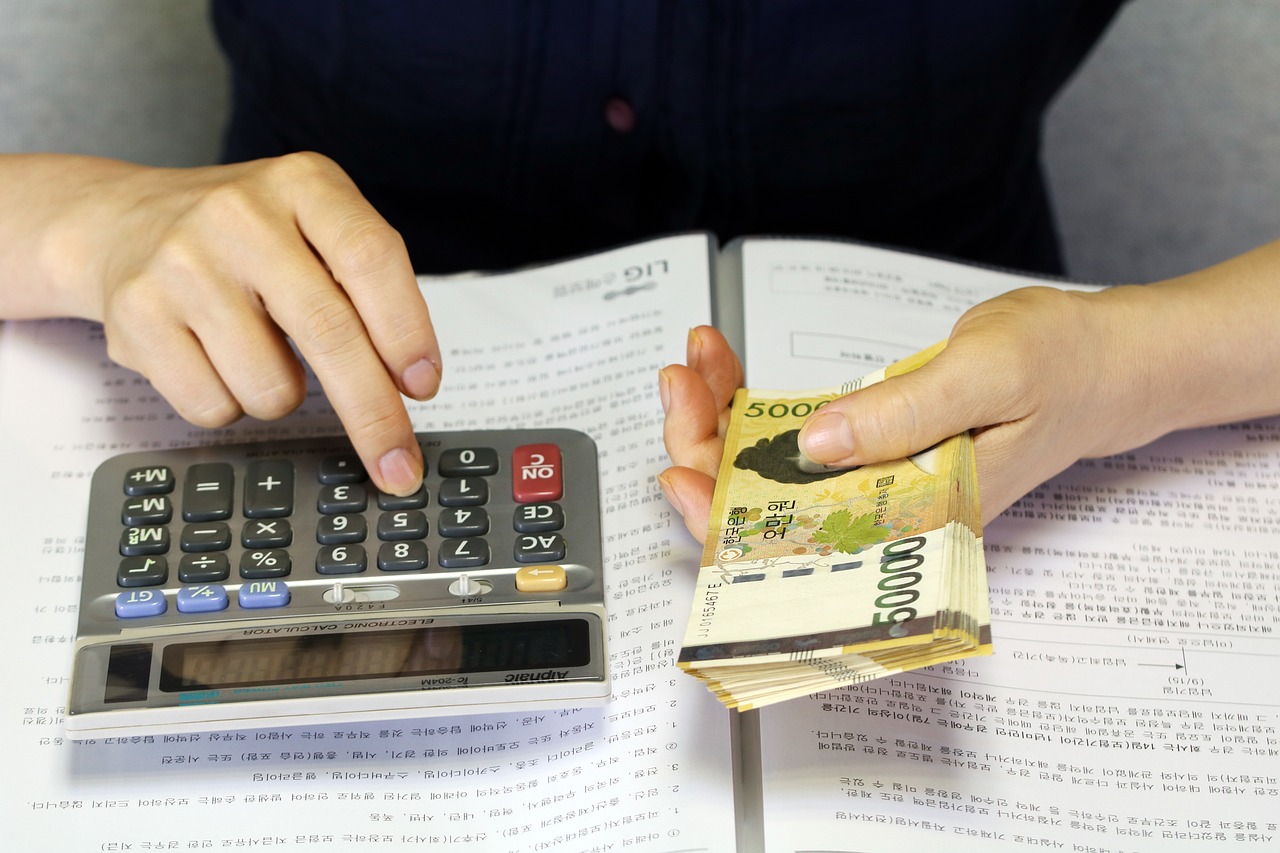Everything You Need to Know About Sending Money from the US to Japan: Costs, Transfer Methods, and Key Details
GPT_Global - 2025-09-02 08:30:14.0 310
Do I need identification to send money from the US to Japan?
When sending money from the US to Japan, it is important to know the identification requirements to ensure a smooth transaction. Depending on the remittance service you use, identification is generally required to confirm your identity and comply with anti-money laundering regulations.
Most money transfer providers, including banks and online services, will ask for a government-issued photo ID, such as a passport or driver's license. Some services may also request proof of address, such as a utility bill or bank statement. This is to prevent fraud and ensure that the funds are sent to the correct recipient.
If you’re using a remittance service, check their specific requirements beforehand to avoid any delays. Many services allow you to complete the verification process online, making it easy and convenient.
In summary, yes, identification is generally required to send money from the US to Japan. Make sure you have the necessary documents ready before initiating the transfer to ensure a smooth and secure transaction.

Can I send money from the US to a Japanese PayPay account?
Sending money internationally has become much easier with the rise of digital wallets and remittance services. If you're looking to send money from the US to a Japanese PayPay account, you're likely wondering whether it's possible. Fortunately, the answer is yes! PayPay, one of Japan's most popular mobile payment platforms, allows users to receive funds directly into their PayPay accounts.
To send money to a Japanese PayPay account, you'll typically need to use a remittance service that supports PayPay transfers. Services like Wise, PayPal, or other international money transfer companies can help you complete the transaction. However, it's essential to check that the service you're using offers direct support for PayPay accounts in Japan.
When sending money from the US, you will need to provide the recipient's PayPay ID or linked phone number. Keep in mind that fees and exchange rates may apply, depending on the service you choose. Always compare options to find the most cost-effective and efficient method for your transfer.
In conclusion, sending money from the US to a Japanese PayPay account is possible with the right remittance service. Be sure to research your options and verify the details for a smooth transaction.
How much does it cost to send $500 from the US to Japan?
When sending money internationally, it's important to know the fees involved. If you’re transferring $500 from the US to Japan, the cost will depend on the remittance service provider you choose. Different companies offer varying rates for transfer fees, currency exchange, and speed of delivery.
Typically, traditional banks charge higher fees for international transfers. You might incur a flat fee or a percentage of the amount you send, along with a less favorable exchange rate. Online money transfer services, on the other hand, tend to offer more competitive rates. Providers like TransferWise (now Wise), PayPal, and Western Union often have lower fees and better exchange rates.
For example, if you send $500 via an online service, the cost could range from $5 to $15, depending on the provider and the payment method you choose. It's essential to compare the transfer fees, delivery speed, and exchange rates to find the best option for your needs.
In conclusion, sending $500 to Japan from the US can cost anywhere from a few dollars to a higher fee, depending on your choice of provider. Always review the fine print to understand the total cost involved in the transfer.
Are international money transfers from the US to Japan taxable?
Sure! Here’s a concise SEO article for your topic: ---When sending money from the US to Japan, many people wonder if international money transfers are taxable. The good news is that the act of transferring money itself is not taxed by the US government. However, the purpose and amount of the transfer may determine whether any taxes apply.
If you are sending funds as a personal remittance to family or friends, the transfer is generally tax-free. But if the amount exceeds the annual gift tax exclusion limit set by the IRS, you may be required to file a gift tax return. On the Japanese side, the recipient may need to report large sums, especially if considered income or inheritance.
For businesses and individuals, using licensed remittance services ensures compliance with both US and Japanese regulations. Reliable money transfer providers also offer transparent exchange rates and lower fees compared to traditional banks. Staying informed about reporting requirements helps avoid unexpected tax issues, making your international transfers to Japan smooth and worry-free.
What details does a Japanese bank need to receive funds from the US?
Sending money from the US to Japan involves a few essential steps. To ensure a smooth transfer, both the sender and recipient must provide specific information. The Japanese bank will need the recipient's full name, address, and bank account details. The most critical detail is the recipient's International Bank Account Number (IBAN) or the Japanese bank account number and branch code (known as the "bank code").
Additionally, the sender must provide the necessary remittance details such as the amount to be transferred, the purpose of the payment, and any associated fees. It’s also important to know whether the transaction will be processed in US dollars or Japanese yen. Most banks in Japan will also ask for a SWIFT/BIC code to identify the recipient's bank, ensuring the funds reach the correct account.
Lastly, check for the specific requirements of the remittance service provider. Certain services may request extra documents or verification steps. Always double-check the required details before making a transfer to avoid delays or complications with the transaction.
Can I schedule recurring transfers from the US to Japan?
Yes, you can schedule recurring transfers from the US to Japan using many modern remittance services. This feature is especially useful for individuals who send money regularly to family, pay international tuition, or support overseas business operations. By setting up automatic transfers, you ensure timely payments without the need to manually initiate each transaction.
Many money transfer providers offer flexible scheduling options—weekly, bi-weekly, or monthly—allowing you to choose what fits your needs. You can also lock in exchange rates or receive rate alerts to avoid unfavorable currency fluctuations. This convenience saves time and minimizes the risk of missing important due dates.
To set up recurring transfers, simply register with a trusted remittance service, link your bank account, input your recipient’s details in Japan, and choose the frequency. Some services even allow you to manage and modify your scheduled transfers online or via mobile apps.
Recurring international transfers are not only efficient but also cost-effective, especially when you select services with low fees and competitive exchange rates. If you regularly send money from the US to Japan, this feature can streamline your finances and offer peace of mind.
Which service offers the fastest delivery time to Japan from the US?
When it comes to sending money quickly from the US to Japan, choosing the right remittance service can make all the difference. Various services offer a range of delivery speeds, but if you're looking for the fastest delivery times, some stand out. For example, services like Western Union and MoneyGram are known for their rapid transfers, often delivering funds within minutes, depending on the destination and payment method.
Another option to consider is PayPal, which provides near-instant transfers when linked to a bank account or debit card. While these services might offer speed, it's important to also consider the fees and exchange rates involved. These factors can significantly impact the total amount received by your recipient in Japan.
Other services like Wise (formerly TransferWise) and Remitly offer competitive speeds, often delivering money within a few hours or one business day. Wise is particularly known for transparent fees, while Remitly offers both economy and express options, catering to different needs and timelines.
Ultimately, the fastest delivery time depends on your preferences, including convenience, cost, and speed. Be sure to compare services to find the best option for your remittance needs to Japan.
About Panda Remit
Panda Remit is committed to providing global users with more convenient, safe, reliable, and affordable online cross-border remittance services。
International remittance services from more than 30 countries/regions around the world are now available: including Japan, Hong Kong, Europe, the United States, Australia, and other markets, and are recognized and trusted by millions of users around the world.
Visit Panda Remit Official Website or Download PandaRemit App, to learn more about remittance info.


